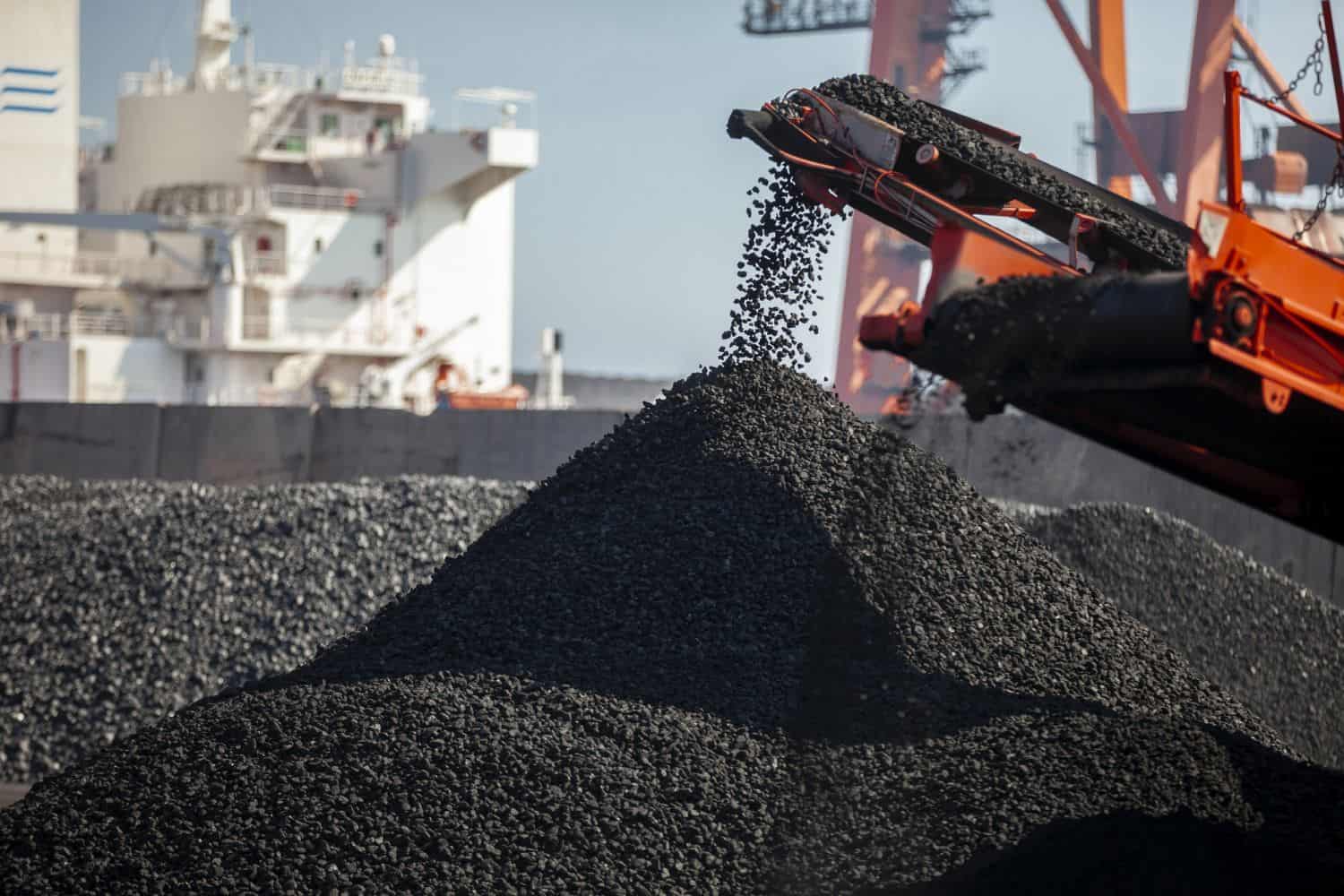Near-term mining activity is likely to remain under pressure due to soft external demand and persistent global uncertainty stemming from heightened trade tensions.

Mining production improved by 2.4% year-on-year in June, after increasing by 0.3% in May.
Mining production statistics are important for understanding the economic performance, resource management, and policy-making related to the mining industry.
Thanda Sithole, FNB Senior Economist, said the statistics released on Tuesday by Statistics South Africa (Stats SA) exceeded Bloomberg’s expectations of 1.4%.
ALSO READ: New critical minerals strategy will add policy certainty – Mantashe
Mining’s contribution to GDP
He added that seasonally adjusted mining output, which feeds into the official calculation of quarterly gross domestic product (GDP) growth, grew by 0.2% in June, after a revised 3.9% increase (previously 3.7%) in May.
“As a result, mining output expanded by 3.9% quarter-on-quarter in the second quarter of 2025, partly recovering from the 4.1% contraction in the first quarter and confirming the sector’s positive contribution to GDP growth.”
Sithole noted that in the first half of 2025, mining output contracted by 3.0% compared to the corresponding period last year. This can be attributed to the weak production of platinum group metals (PGMs), gold, coal and iron ore.
Mining activity to remain under pressure
He highlighted that near-term mining activity is likely to remain under pressure due to soft external demand and persistent global uncertainty stemming from heightened trade tensions.
“However, exemptions for certain critical minerals from United States (US) tariffs and the recent rise in PGM prices could provide some support to profitability, and potentially output, in those subsectors.
“Reforms to improve efficiency and capacity in ports and rail remain critical for improved activity over the medium term.”
ALSO READ: Concerns over Mantashe’s changes to draft mineral resources bill
Positive contributors
Positive contributors to the growth of mining production come from PGMs, as the largest contributor. PGMs production grew by 3.0%, adding 1.0% to overall growth.
“This marks a welcome turnaround after six consecutive months of annual declines. Seasonally adjusted PGM output increased by 3.5% month-on-month, following a 10.3% rise in the previous month.
“It will be interesting to see whether this momentum can be sustained in the coming months, supported by higher prices and exemption from US tariffs.”
Coal output increased by 3.7% year-on-year (and 3.4% month-on-month seasonally adjusted), reflecting a rebound from a 4.1% year-on-year (2.6% month-on-month) decline in May and added 0.8% to the total mining monthly annual growth.
Gold output also increased by 3.1% after increasing by 1.5% in May, but reflected continued monthly weakness in seasonally adjusted output.
Negative contributors
Manganese ore output fell by 7.7% year-on-year in June, following a 13.0% decline in May, weighing on overall mining output growth.
However, seasonally adjusted monthly production remained strong, rising by 5.5% in June after a 12.6% increase in May.
Iron ore output declined by 1.7% year-on-year and by 9.9% month-on-month (seasonally adjusted), marking a deterioration from the 11.1% year-on-year and 6.4% month-on-month increases recorded in May.
NOW READ: SA’s shrinking mining sector and the policies that brought us here






